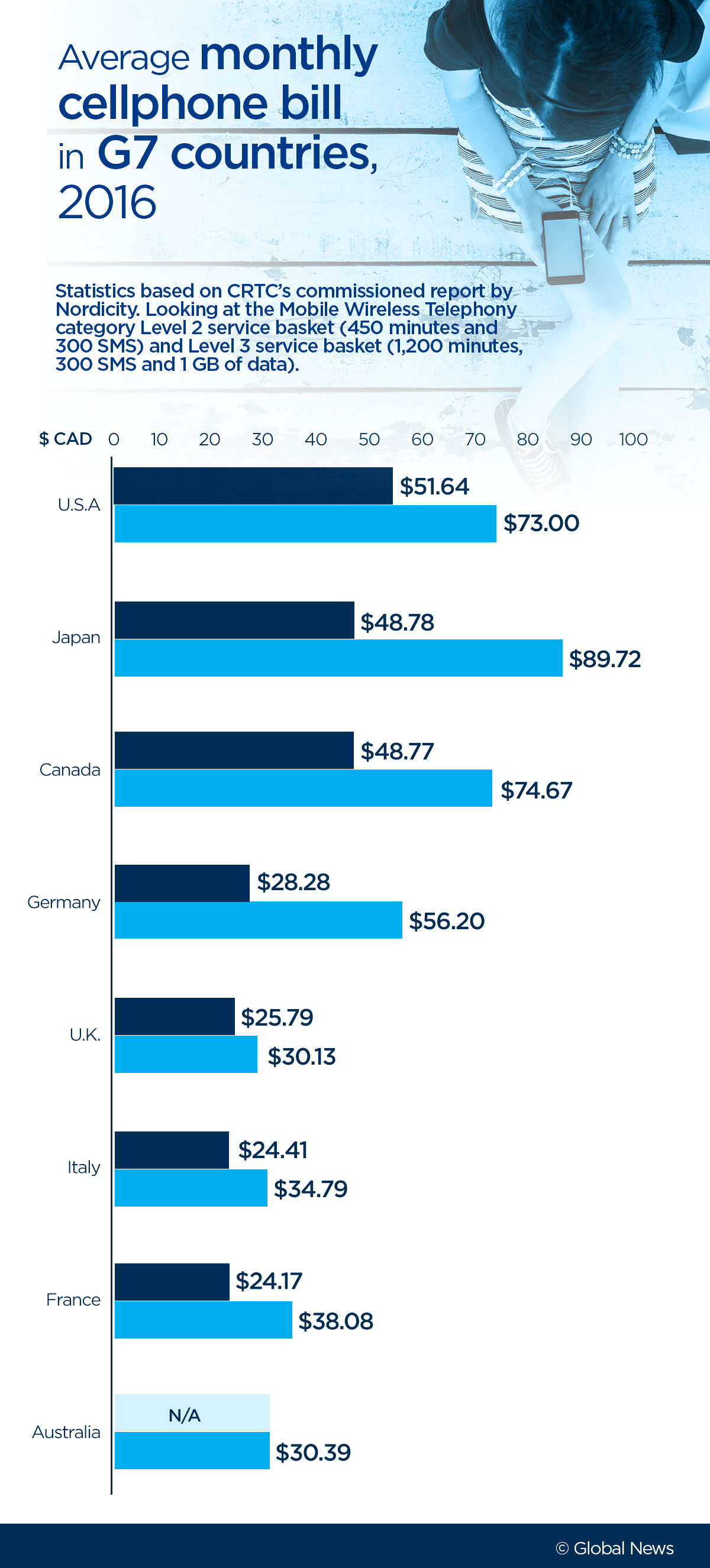The convicted killer who pleaded guilty to first-degree murder in the death of eight-year-old Tori Stafford could apply for parole a decade earlier than was set down in her sentence, thanks to a law that’s no longer on the books.

Terri-Lynne McClintic has lately been the focus of several news stories after it emerged that she had been transferred from Ontario’s Grand Valley Institution, a multi-level prison, to Okimaw Ohci healing lodge in Saskatchewan.
Coverage of Terri-Lynne McClintic on Globalnews.ca:
The transfer triggered a national controversy, with Stafford’s father Rodney saying the news made him “sick,” and the Conservatives demanding that the Liberals transfer McClintic back to prison.
But another controversy may yet be brewing around McClintic that has nothing to do with her transfer.
That’s because McClintic, who was sentenced to life with no chance of parole for 25 years, could actually try for it as soon as six years from now.
READ MORE: Hours after touting ‘positive’ politics, Trudeau slams ‘ambulance-chasing’ Conservatives
That fact was pointed out by security analyst Scott Newark on Global News Radio’s The Roy Green Show on Sunday.
Newark, who previously served as executive director of the Canadian Police Association (CPA), noted that media reports about McClintic kept saying she was sentenced to life in prison with no parole eligibility for 25 years.
But he said she could try for parole after spending 15 years in custody — thanks to the “faint hope clause.”
It’s a law that has allowed offenders who were sentenced to life to apply for parole after having served 15 years. The Conservatives eliminated it on Dec. 2, 2011.
“I dug in and checked on the statute — it only came into effect in December 2011, and this woman was convicted before that,” Newark said.
“So what that means is, even though that law is not in place now, it applied to anybody who committed the murder before this actually came into place.
“She is actually able to apply for this faint hope early release after 15 years, not 25 years.”
The Correctional Service of Canada (CSC) confirmed that offenders serving life sentences for acts committed before Dec. 2, 2011, are eligible to apply to reduce their sentences under the faint hope clause.
McClintic is eligible to apply for it in 2024, according to a Crown lawyer.
Newark said the law was “symptomatic of the betrayal… of crime victims and ordinary citizens, and being able to trust what their justice system says.”
But legal experts disagree — they have called the faint hope clause a key factor in a sentencing regime that they say is considered “harsh by international standards.”
They also say that its removal makes the constitutionality of Canada’s entire murder sentencing regime an “open question.”
The ‘faint hope clause’
The faint hope clause was introduced in 1976, at a time when Canada was abolishing the death penalty, replacing it with mandatory life sentences for offenders who committed first- or second-degree murder.
Housed in section 745.6 of the Criminal Code, the faint hope clause allowed offenders to apply for judicial review to reduce their sentences, giving them an incentive to rehabilitate themselves.
“If a prisoner took exceptional rehabilitative measures and was considered low risk, it was thought that it may be contrary to the public interest to keep him incarcerated,” said a 2010 submission by the John Howard Society, a non-profit that works to find “effective” ways to reduce crime.
Under the faint hope clause, offenders can apply to reduce their sentences, setting an earlier date at which they can apply for parole.
First, they have to convince a Superior Court Justice of the province in which they were convicted that such an application would succeed.
If the Justice was convinced, then a jury would be called to hear the offender’s case.
The jury would consider factors such as the offender’s character, their conduct in custody, the offence they committed, any information offered by their victim’s family and “any other matters that the judge considers relevant in the circumstances.”
READ MORE: Scheer urges policy change to stop ‘horrific’ offenders like McClintic from going to healing lodges
The jury must unanimously decide that the offender is eligible for parole earlier.
If they do that, they must then decide, by two-thirds majority, the date upon which the offender can apply.
Then, the offender can apply to the National Parole Board on the date specified. The board ultimately decides whether the offender serves fewer years in custody.
The number of years by which eligibility for parole ties has been reduced have varied, ranging anywhere between one and 10, according to the federal government.

A vast majority of eligible offenders have not applied for early release using the faint hope clause.
By April 2009, there were 1,792 offenders with cases that were eligible for judicial review.
Just under 1,000 were made eligible for a hearing — of those, there were decisions in 173 cases.
Of the decisions, 143 offenders were considered eligible for early parole — for a success rate of about 83 per cent.
However, when compared against the number of offenders considered eligible for judicial review, the success rate was closer to eight per cent.
- Man charged in surfer deaths told girlfriend he killed ‘3 gringos,’ court hears
- Ontario man on trial for killing his mother takes the stand: ‘I lost it’
- Drone used to smuggle $250,000 worth of contraband into N.B. prison, police say
- Quebec man pleads guilty in hit and run that killed 7-year-old Ukrainian girl
A ‘harsh’ sentencing regime
The faint hope clause was introduced for numerous reasons, but one of them was that Parliament recognized that “people sentenced for murder serve significantly longer terms of custody in Canada compared to other countries,” according to the John Howard Society.
In fact, CSC data up to 1999 showed that Canada “averages well above other Western democracies.”
In the U.S., for example, the average time spent in custody by first-degree murderers with parole was 18.5 years.
In England, it was 14.4 years.
Meanwhile, in Canada, it was 28.4 years.
Controversy
The faint hope clause has nevertheless generated controversy, especially when high-profile cases came up.
Serial killer Clifford Olson, who had pleaded guilty to murdering 11 kids in the 1980s, sought earlier parole through the faint hope clause in 1997.
Newark was in a Vancouver courtroom for a hearing as part of this process. He said Olson didn’t attend, and could only communicate via a speaker on the wall.
“I remember thinking, ‘Is this our justice system?'” Newark told Global News Radio.
“This guy is too dangerous to let out of prison so he can legally ask to be released from prison early?”
Demands to repeal the faint hope clause have arisen every time controversial applications have came forward, the John Howard Society noted.
But offenders like Olson would likely never meet the standard set down in the faint hope clause, said Debra Parkes, a professor at UBC’s Allard School of Law.
“Even for someone like [Terri Lynne] McClintic, or anybody for whom the old law applies, it’s the case that you still have to go before a judge first to prove you have a reasonable prospect of having a jury potentially reduce your sentence,” she told Global News.
Parkes recognized that people have concerns over the seriousness of offences committed by people eligible to use the faint hope clause.
She added, however, that they need to be seen in context.
“We have a regime that does punish people harshly for murder,” she said.
“But even within that, our system has long acknowledged that there is a need to inquire into whether… that harsh sentence of the 25-year parole eligibility is still appropriate.”
READ MORE: Tori Stafford’s father pleads with Trudeau to reverse the transfer of his girl’s killer
The faint hope clause has been an integral part of Canada’s sentencing regime, Parkes said.
While “harsh,” that regime has survived review by the Supreme Court of Canada — partly because of that clause, she said.
Without it, “the constitutionality of our regime is an open question. It’s certainly not been decided by the Supreme Court.”
Ultimately, Parkes said, “layers and layers” of consideration go into judicial reviews under the faint hope clause.
Clifford Olson couldn’t pass through them, and it will be some time yet before McClintic can find out whether she will, if she even chooses to.
Parkes said it’s difficult for people who have experienced the “unspeakable tragedy” of losing a family member to look at a case and say that the offender has been punished enough.
But she stressed that even if a person was paroled under this clause, “she will still be on parole for her entire life and can return to prison at any time.
“And that is a very, very substantial sentence.”
“We have a system where… we say what our principles are for punishing,” Parkes said.
“If we leave it to an individual case to decide how we’re going to punish a person, then we don’t have a system that is fair and just.”










Comments